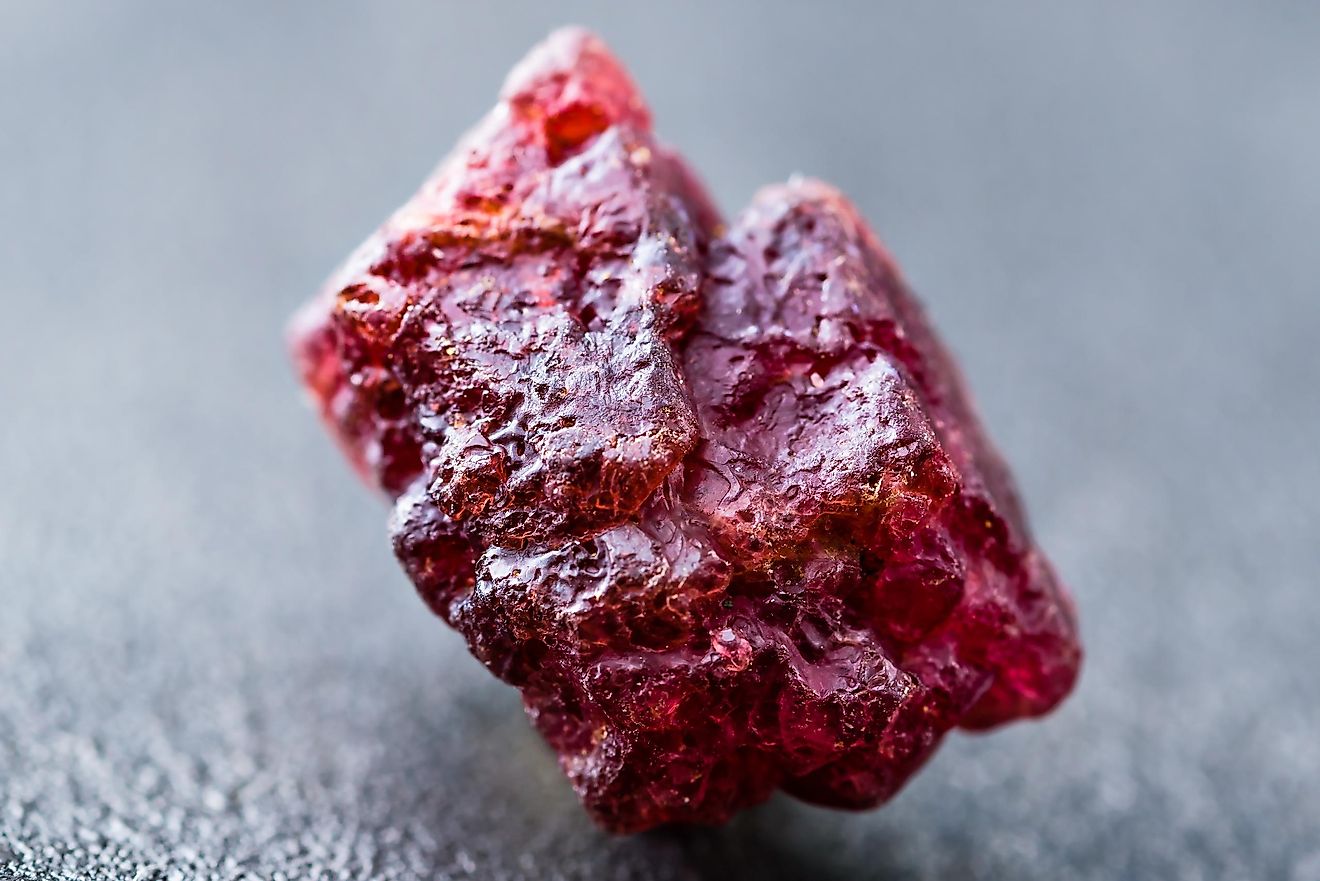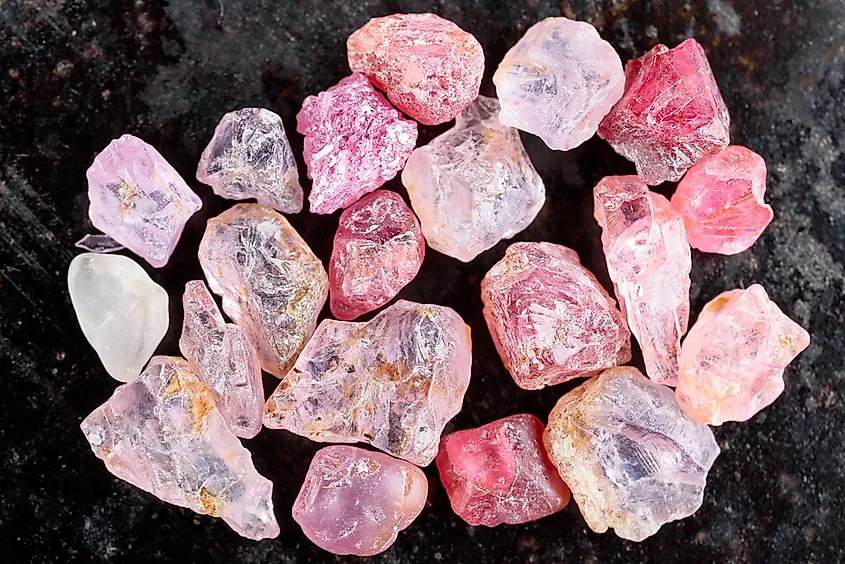August Birthstone: Spinel

Spinel is a unique gemstone that is highly appreciated by professional gemologists but received a little marketing effort compared to other stones. These stones can be quite remarkable: red spinels were commonly mistaken for rubies and blue ones - for sapphires.
What Does Spinel Mean Or Symbolize?
Historically, the red spinel was not separated in its meaning from other red gemstones, so it carries the same meaning; protection, battle success, vitality, passion, banishing sadness, restoring heart health. Other beliefs are also mainly associated with colors, so there is an incredibly wide range of meanings from which to choose!
Qualities Of Spinel
Spinels have been used in jewelry for centuries. To this day, many collectors get surprised when they find that the stones in their antique heirlooms they had thought to be rubies and sapphires are spinels.
Spinel is a category of stones that are called “allochromatic”: the pure mineral is colorless. The rich palette of colors comes from the presence of trace elements that got embedded in the crystalline atomic structure during the stone development. They come in all shades of pink, lavender, red, red-orange, purple, blue, and even black; the only absent colors seem to be yellow and green.
Spinels can be found pretty much anywhere and come in various grades of purity and clarity. Four or six-rayed star effect has been known to appear in black and grey materials from Myanmar.

What Is The Most Valuable Spinel?
Natural spinel is a rare and beautiful gem. As the buyers learn more and more about the treatment that rubies and sapphires receive to enhance their clarity or colors, they start appreciating natural spinels, that display striking colors even when untreated, more and more.
The natural spinels in today’s market are almost all untreated. The availability of spinel keeps the prices down, allowing jewelers to play with the design and afford better sizes and characteristics compared to rubies or other “big four” stones.
Spinels are also close to corundum in terms of luster and hardness. Its high refractive index provides excellent brilliance in a well-cut and polished stone. Spinels are generally free of inclusions. These stunning and durable gemstones require no special cleaning or care instructions.
One of the more intriguing spinels was discovered in Burma only 20 years ago. On the market, it is known as a “Jedi Spinel” because it appears to have a lightsaber glow. It comes in a very bright neon red with bright pink flashes of fire inside.
Where To Get The Best Spinel?
Found traditionally and mainly in Afghanistan, Myanmar, and Sri Lanka, spinels have been discovered more recently in various sites in Africa, Australia, Russia, and Vietnam. These gems are more commonly found in alluvial deposits (eroded rocks carried downstream by water flows and deposited in deltas and banks).
Is There A Famous Spinel?
Most famous Spinels used to be mistaken for rubies. The large red stone called Black Prince’s Ruby in the Imperial State Crown of the United Kingdom is, in fact, a red spinel. Other well-known historic gems long considered corundum but identified as a spinel as the methods improved are the Timur Ruby, another crown jewel of the UK, and several royal stones in Scandinavian kingdoms.
How To Know If A Spinel Is Real?
Natural spinels typically are not enhanced and only rarely receive heat treatment. Synthetic spinels, however, are abundant and used expensively. Synthetic spinel’s advantage is that it can be synthesized to a high quality in every color except purple. The blue synthetic spinel sapphire imitation is quite genuinely looking.
Colorless spinels are most likely synthetic because natural spinels rarely come in colorless and pale colors. But colorless spinels synthetics make nice diamond simulants. Gemologists use the tabby extinction detection to tell a synthetic spinel from a natural one, and it requires polariscope. Synthetic stones show thin, shadowy stripes that move across the stone as the expert rotates it.











